
views
Cleaning Regularly
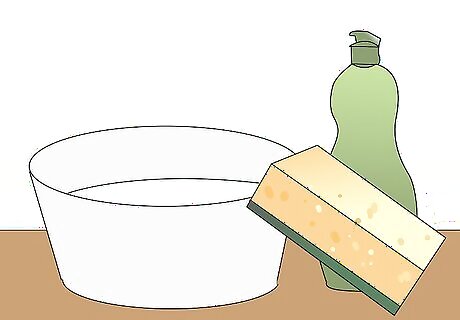
Use water and soap to clean the cooktop. Mix a few drops of mild dish soap with a few cups of warm water. Dampen a sponge or dish cloth with the mixture. Gently wipe the stainless steel cooktop in the direction of its grain. The grain of a stainless steel cooktop refers to the orientation of the small flecks or striations in the surface. You can detect the grain of the stainless steel by looking closely at it. The grain may have an up/down, left/right, or diagonal orientation. There is no need to carefully measure the water or soap. As long as the water is warm and sudsy, your cleaning efforts will surely meet with success.
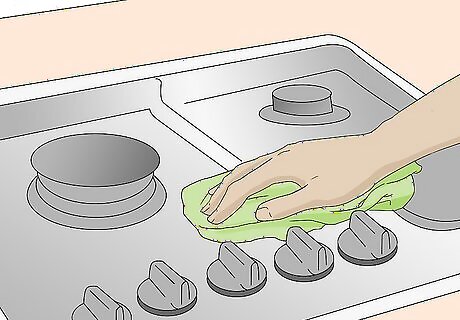
Dry the stainless steel cooktop. Once you've wiped the stainless steel cooktop off with warm, soapy water, dry it using a dry cloth or sponge. As you dry the stainless steel cooktop, move along the direction of the cooktop's grain.
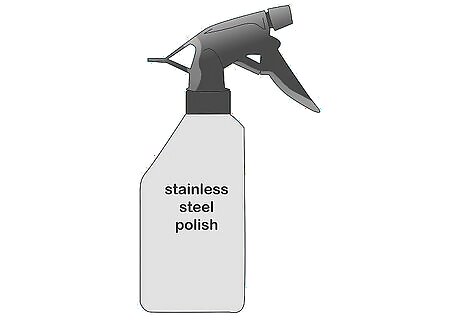
Maintain your cooktop's luster. If you want your stainless steel cooktop to not only be clean, but look clean, apply polish after cleaning it. After you're done cleaning your stainless steel cooktop, burnish it using stainless steel polish, lemon oil, or a silicone-based spray. Apply the polish with a clean, lint-free cloth, moving with the grain. Use another lint-free cloth to dry the polishing agent. There are a wide variety of products that polish stainless steel cooktops. Most double as cleaning agents, as well. Bar Keeper's Friend and Weiman Stainless Steel Cleaner & Polish, for instance, can be used to both clean and polish your stainless steel cooktop. Directions for use vary depending on the product you select to maintain your stainless steel cooktop's luster. Consult manufacturer directions before use. Generally, though, you'll have to aim the product's nozzle at the stainless steel cooktop, squeeze the spray handle several times, then wipe the product away.
Taking On More Serious Stains

Consult your user manual. Before investing in cleaning agents or deciding how to clean your stainless steel cooktop, check the guide that came with it. Some manufacturers recommend or proscribe certain cleaning products. Additionally, the guide might offer recommendations for how to deal with types of cleaning dilemmas (for instance, how to remove stickiness or discoloration).
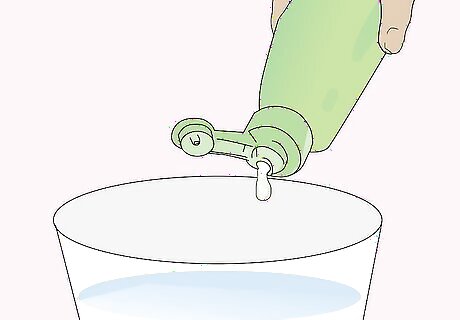
Mix water and a mild detergent. Combine a few cups of hot water and a few drops of a mild liquid detergent, or a few tablespoons of a powdered detergent. When the mixture is sudsy, dip a nylon scrubbie in it. Wipe the surface down along its grain. Use a dry towel to wipe the surface down, thereby preventing the water from leaving behind water spots.
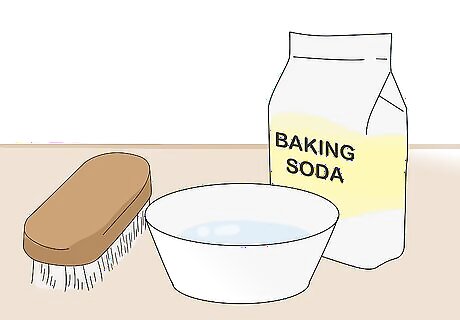
Clean the cooktop with a baking soda mixture. Combine equal amounts of baking soda and water to make a paste. Scoop a bit of the mixture onto a soft-bristled brush or smear a bit on a dish cloth. Use the brush or dishcloth to wipe the stain in the direction of the stainless steel cooktop's grain. Wash the baking soda mixture away using a sponge or soft cloth dampened with warm water. Rub the baking soda paste away, moving your hand along the direction of the grain.
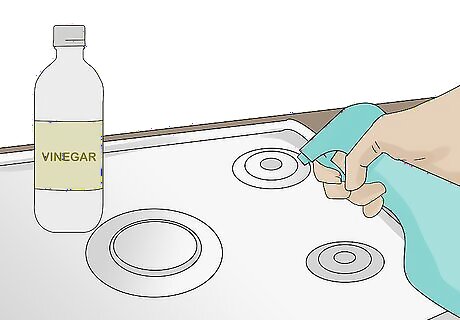
Use an oil and vinegar mixture. Spray the stainless steel cooktop with a generous layer of vinegar. Use a soft cloth or sponge to wipe the vinegar off along its grain. Dab a soft cloth in cooking oil (like olive oil) and wipe the stainless steel cooktop along its grain. Any stains will soon disappear. Let the oil sit on the surface of the cooktop for a few minutes, then wipe away with a paper towel. Use specialized cleaning vinegar or white vinegar.
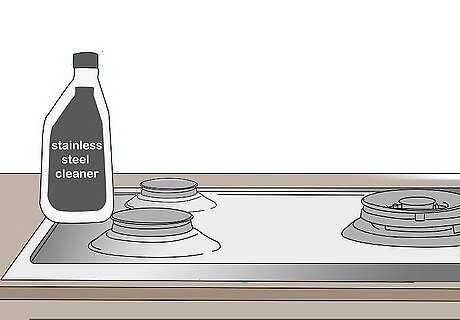
Apply a stainless steel cleaner. If your stainless steel cooktop is still stained after cleaning with baking soda paste, try a stainless steel cleaning agent. There are multiple stainless steel cleaning agents available. Popular products include CeramaBryte and Sprayway. All stainless steel cleaners are somewhat different, so check manufacturer directions for more information regarding their use. Generally, though, you'll direct the nozzle of the cleaner toward the portion of the stainless steel cooktop you wish to clean, squeeze the handle, then wipe the area dry using a damp cloth or sponge.
Protecting Yourself and Your Cooktop
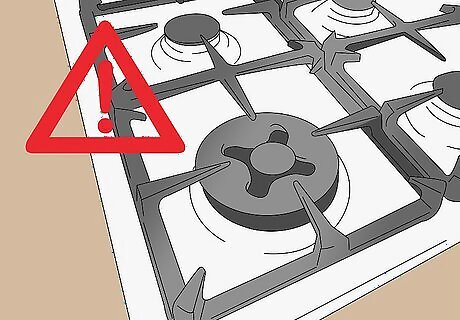
Wait until the cooktop is cool before cleaning. If your cooktop is hot while you're cleaning it, you run the risk of burning yourself during the cleaning process. Additionally, you might cause the cleaning agent you're using to vaporize, causing irritation to the eyes or skin. Don't assume your stainless steel cooktop is cool just because it is off. Hold your hand just barely above the cooktop to detect heat. Alternately, wet your hand and flick a few drops of water at the stainless steel cooktop. If the water sizzles, the cooktop is too hot to clean.
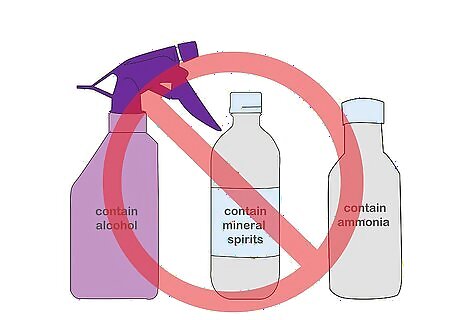
Do not use abrasive compounds. Chemical cleaners or formulae containing chlorides (bromine, iodine, chlorine, fluorine, and so on) can damage your stainless steel cooktop. Likewise, cleaning agents containing alcohol, mineral spirits, and ammonia can cause your stainless steel cooktop to corrode. To avoid using these products, carefully read the label on the exterior of any cleaning product before utilizing it. If you're unsure whether a stainless steel cleaning agent might damage your stainless steel cooktop, apply it to a small, relatively hidden portion of the cooktop (the back or sides, for example) and wait a day or two. Examine the stainless steel cooktop. If the area appears damaged or corroded, do not apply the cleaning agent to the rest of the cooktop. Avoid cleaning compounds that contain grit.
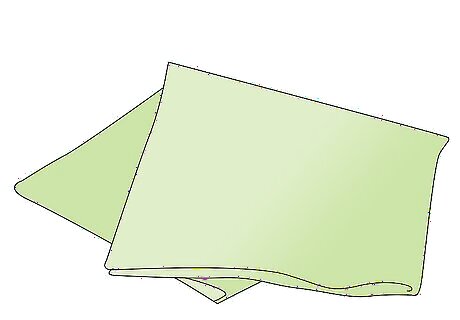
Use a microfiber cloth. Do not use steel wool or steel brushes. Both steel wool and steel brushes can scratch your stainless steel cooktop. Instead, use a microfiber cleaning cloth. These cloths are specially designed to wipe away even the most firmly embedded grime or stains.



















Comments
0 comment